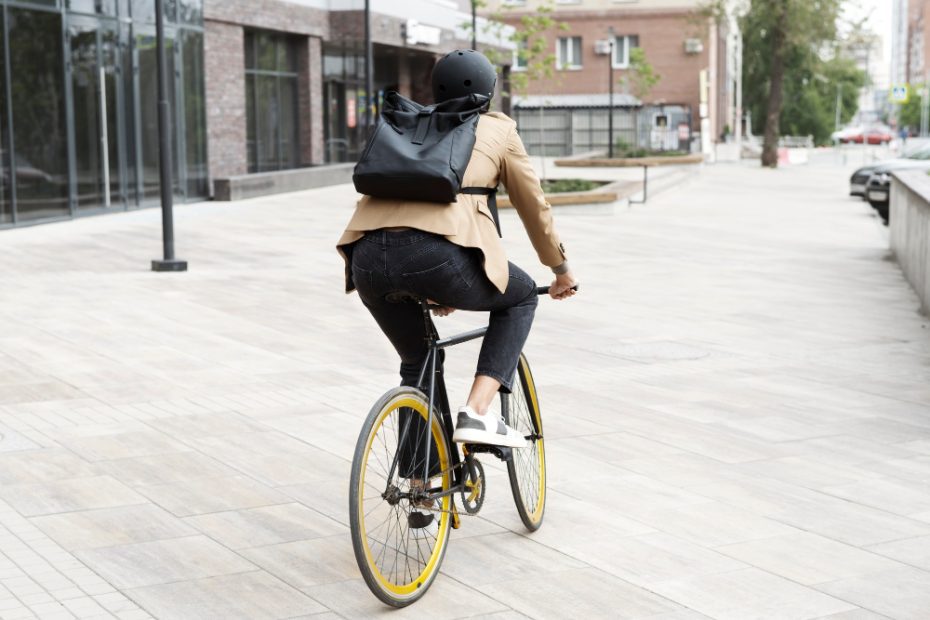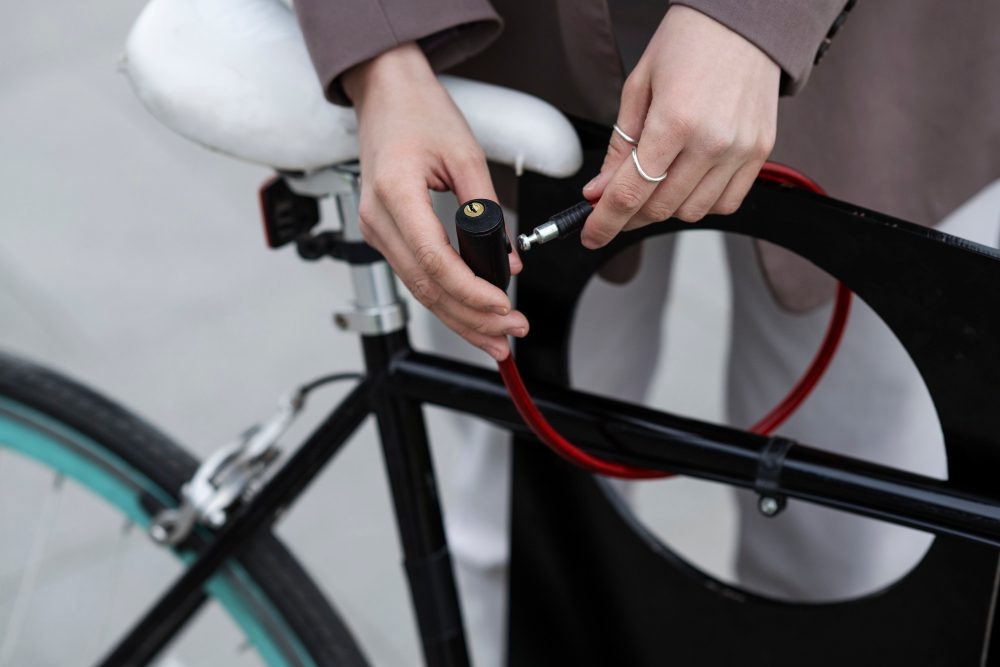What is the 1.5 Metre rule for cyclists?
The 1.5 Metre rule, also known as the “safe passing distance” or “safe passing law,” is a legislation aimed at ensuring the safety of cyclists on the road. It requires motorists to give at least 1.5 meters of space when overtaking a cyclist.
Why is the 1.5 Metre rule important?
Cyclists are vulnerable road users, and maintaining a safe distance when passing them is crucial to prevent accidents and injuries. The 1.5 Metre rule aims to create a safer environment for cyclists by reducing the risk of collisions with vehicles. By providing adequate space, motorists can avoid potential hazards such as side swiping or forcing cyclists off the road.
Legal implications of the 1.5 Metre rule
In the UK, the 1.5 Metre rule is not a national law; however, some local authorities have implemented it as part of their road safety strategies. Failure to comply with the rule may result in penalties or fines. Additionally, if a collision occurs due to a motorist not adhering to the rule, they could be held liable for any resulting injuries or damages.
The benefits of the 1.5 Metre rule
Adhering to the 1.5 Metre rule brings several benefits for both cyclists and motorists. Firstly, it promotes mutual respect and consideration between different road users, fostering a safer and more harmonious coexistence. Secondly, it reduces the chances of accidents caused by close proximity between vehicles and cyclists. This not only protects the cyclists but also helps avoid potentially hazardous situations for all parties involved.
“The 1.5 Metre rule contributes to a culture of safety on the roads, benefiting everyone who shares the streets.”
Challenges and concerns
While the 1.5 Metre rule is a positive step towards ensuring cyclist safety, there are some challenges and concerns associated with its implementation. One concern is the lack of awareness among motorists about the rule and its importance. Education and awareness campaigns can help address this issue and encourage compliance.
Another challenge is the difficulty of determining the precise distance of 1.5 meters during overtaking. Motorists may underestimate or misjudge the distance, which can hinder the effectiveness of the rule. Clear guidelines and visual markers on the roads can assist in providing a better understanding and encourage compliance.
Should cyclists ride single file in the UK?
In the UK, there is an ongoing debate about whether cyclists should ride single file or side by side on the roads. This topic has sparked discussions among both cyclists and motorists, each with their own opinions and concerns.
Arguments for cycling single file:
- Safety: One of the main arguments for cyclists riding single file is safety. By riding in a single file, cyclists take up less space on the road, making it easier for vehicles to overtake them safely. This can help prevent accidents and reduce the risk of collisions.
- Consideration for other road users: Riding single file also shows consideration for other road users, such as motorists and pedestrians. It allows for smoother and more efficient traffic flow, reducing frustration and potential conflicts on the road.
- Legal requirement: In some cases, it is actually a legal requirement for cyclists to ride single file. On certain narrow or busy roads, local authorities have imposed regulations that require cyclists to ride in a single file to ensure the safety of all road users.
Arguments for cycling side by side:
- Visibility: When cyclists ride side by side, they are more visible to other road users. This can be particularly beneficial at junctions or roundabouts, where motorists are more likely to notice a group of cyclists riding together.
- Social aspect: Riding side by side can also have a social aspect, allowing cyclists to chat with one another and enjoy their ride together. This can contribute to the overall enjoyment of cycling as a recreational activity.
- Equal road rights: Cycling side by side can also help highlight the fact that cyclists have an equal right to use the road. It can promote a sense of equality and respect between motorists and cyclists, fostering a safer and more harmonious coexistence on the roads.
Ultimately, whether cyclists should ride single file or side by side is a matter of personal judgment, situational context, and local regulations. It is important for cyclists to be aware of their surroundings, considerate towards other road users, and adhere to any specific rules or guidelines set by local authorities.
In summary, while riding single file may be seen as safer and more considerate in some situations, cycling side by side can provide visibility advantages and promote a sense of equality on the roads. As with any road use, it’s essential for both motorists and cyclists to show respect and consideration for one another to ensure the safety and well-being of all road users.
Can cyclists overtake on the right in the UK?
Understanding the 1.5 Metre rule for cyclists
As a cyclist in the UK, it is crucial to be aware of the rules and regulations when it comes to overtaking other vehicles on the road. One common question that often arises is whether cyclists can overtake on the right side.
In the UK, the Highway Code states that cyclists should normally keep to the left-hand side of the road. This means that when overtaking a vehicle, cyclists are typically expected to do so on the left. However, there may be certain situations where overtaking on the right is permitted and necessary.
One such scenario where cyclists can overtake on the right is when the vehicle ahead intends to turn left. In this instance, it is safe and necessary for the cyclist to pass the vehicle on the right side. However, caution must be exercised, and cyclists should always be aware of their surroundings, including any potential hazards or oncoming traffic.
It is important to note that cyclists should only overtake on the right when it is safe to do so and when it does not put themselves or other road users at risk. Overtaking on the right should be done with care and consideration, ensuring that there is enough space to make the maneuver safely.
“Cyclists should always prioritize safety and exercise caution when overtaking on the right side.”
To ensure clarity and reduce the risk of accidents, it is recommended that cyclists use appropriate hand signals to indicate their intention to overtake. These signals, such as extending the right arm outwards, can help alert both the vehicle being overtaken and any other road users about the cyclist’s intended maneuver.
When discussing the topic of overtaking on the right, it is also essential to consider the 1.5 Metre rule for cyclists. This rule encourages motorists to provide a minimum distance of 1.5 meters when overtaking a cyclist. However, it is important to note that this rule applies to motor vehicles overtaking cyclists, rather than cyclists overtaking other vehicles.
In summary, while cyclists in the UK typically keep to the left-hand side of the road, there may be situations where overtaking on the right is necessary, such as when a vehicle intends to turn left. Cyclists must exercise caution, prioritize safety, and ensure that they have sufficient space to make the maneuver safely. Using appropriate hand signals can help communicate their intentions to other road users. Remember, the 1.5 Metre rule applies to motorists overtaking cyclists, not to cyclists overtaking other vehicles.
Do cyclists have to stop at roundabouts?
Understanding the rules
Roundabouts can be a bit confusing for both motorists and cyclists alike. When it comes to the question of whether cyclists have to stop at roundabouts, the answer is not as straightforward as one might think. The rules regarding this matter vary depending on the situation and the specific roundabout.
Priority rules
In general, cyclists are required to follow the same rules as other road users when approaching a roundabout. This means that they must give way to vehicles already on the roundabout, just like any other vehicle would. However, there are some exceptions to this rule.
Mandatory cycle lanes
If there is a dedicated cycle lane that continues through the roundabout, cyclists are not required to stop. They can proceed through the roundabout while following the designated lane, without having to yield to vehicles. It is important to note that cyclists should still exercise caution and keep an eye out for any vehicles that may not be aware of their presence.
Shared space roundabouts
On shared space roundabouts, where there are no marked lanes or traffic signs, cyclists have equal rights and responsibilities as motorists. This means that they need to approach with caution, give way to vehicles on their right, and negotiate their way through the roundabout safely.
It’s always better to be safe than sorry, so cyclists should exercise caution when approaching roundabouts. Cyclists should signal their intentions clearly, make sure they are visible to other road users, and be prepared to yield if necessary.
“Roundabouts can be challenging for cyclists, but by following the rules and using common sense, they can navigate these junctions safely.”
To summarize, while cyclists generally have to stop and give way to vehicles on roundabouts, there are exceptions such as when there is a dedicated cycle lane or on shared space roundabouts. It is important for cyclists to understand the specific rules for each roundabout they encounter and adapt their approach accordingly.



